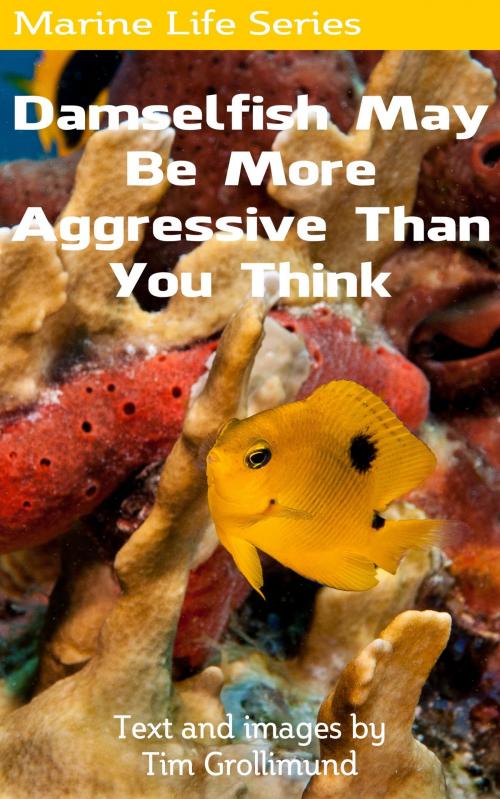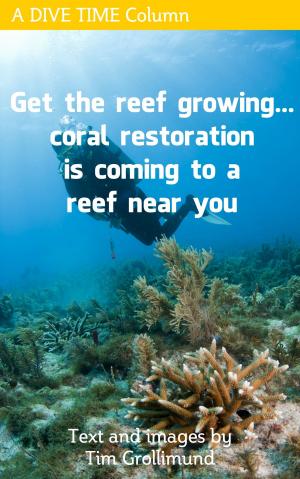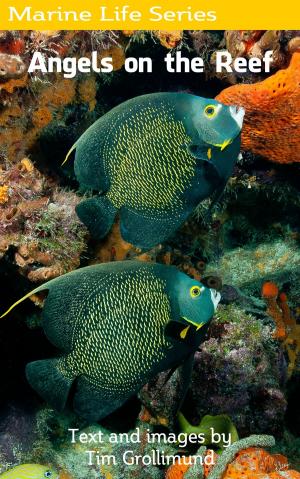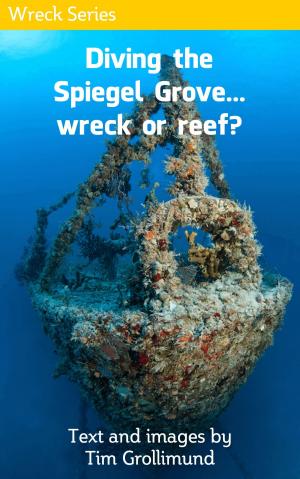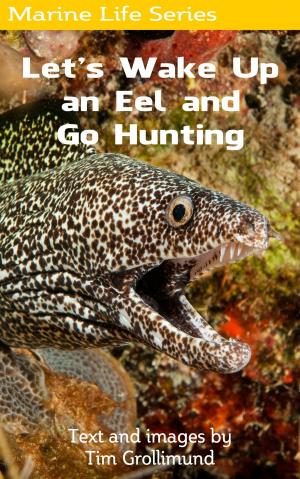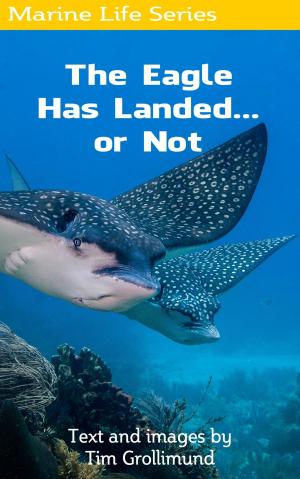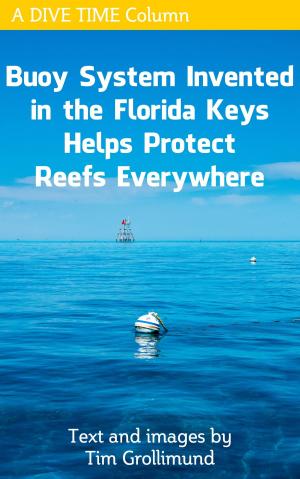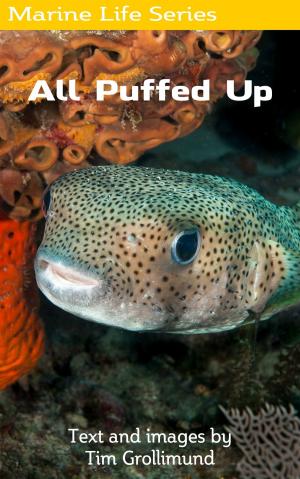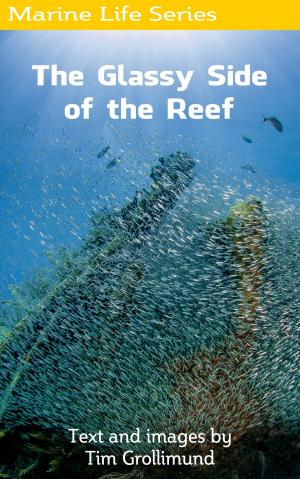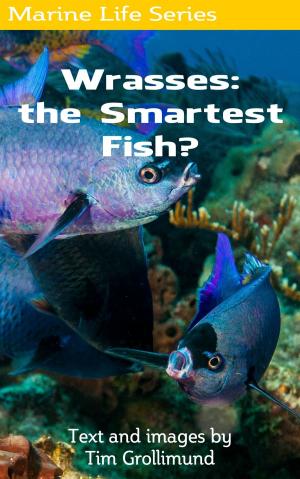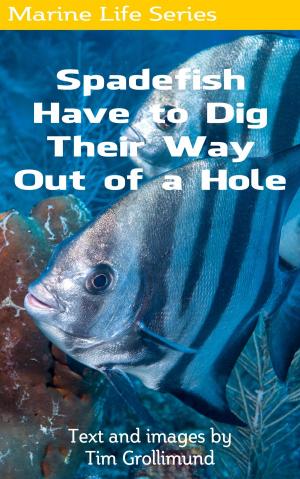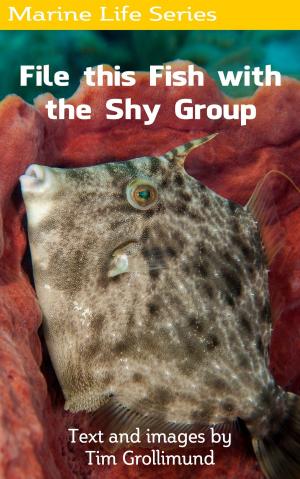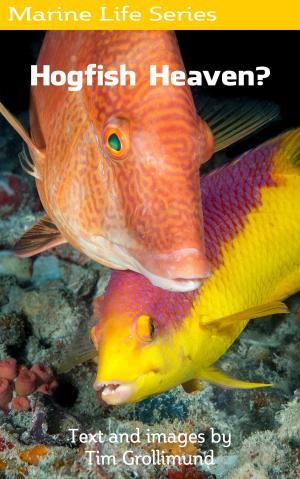Damselfish May Be More Aggressive Than You Think
Nonfiction, Sports, Water Sports, Scuba & Snorkeling, Science & Nature, Science, Biological Sciences, Marine Biology| Author: | Tim Grollimund | ISBN: | 9781370764181 |
| Publisher: | Tim Grollimund | Publication: | August 20, 2017 |
| Imprint: | Smashwords Edition | Language: | English |
| Author: | Tim Grollimund |
| ISBN: | 9781370764181 |
| Publisher: | Tim Grollimund |
| Publication: | August 20, 2017 |
| Imprint: | Smashwords Edition |
| Language: | English |
"How aggressive are damselfish, pound for pound? As it turns out, divers invading their space is not the only thing damselfish exhibit aggression over. I don’t blame them for defending their territory when I’m trying to get a shot. That’s common, and can be comical. The species in our waters vary in size, color and behavior. There is an excellent, detailed chapter on all the damselfish species in the REEF Fish Behavior book.
The threespot damselfish is the focus of our look today, since they specialize in staghorn habitats. They have an effect on the coral around them. Historically, these damselfish made their home in branching staghorn corals. Those were great digs. Plenty of places to hide, relax and eat - just like living in a planned community. We all know what has happened to branching corals on our reefs. They are in trouble. Staghorn and elkhorn are on the docket to be kicked up to endangered status from threatened status.
A lot of damselfish had to move. Their homes have been decimated. Now they live in different surroundings. It's like moving from a posh multilevel condo to a one bedroom next to the highway. The new digs just aren't going to support the same behavior.
As a result of relocation, damselfish are damaging head corals. They have always nipped and damaged the coral, but the rapid growing staghorn could keep up with the damage. Now that damselfish have relocated to slower growing head corals, they are inflicting damage faster than the coral can recover. This presents a significant, added stressor to coral species that cannot recover quickly.
All the more reason for stepping up efforts to replant staghorn coral in our waters. We are fortunate to have a strong, concerted effort in the activity, led by our buddies at the Coral Restoration Foundation. Their activity also presents opportunities to save other, slower growing coral species by providing more real estate for the threespots to inhabit again as coral plantings grow."
"How aggressive are damselfish, pound for pound? As it turns out, divers invading their space is not the only thing damselfish exhibit aggression over. I don’t blame them for defending their territory when I’m trying to get a shot. That’s common, and can be comical. The species in our waters vary in size, color and behavior. There is an excellent, detailed chapter on all the damselfish species in the REEF Fish Behavior book.
The threespot damselfish is the focus of our look today, since they specialize in staghorn habitats. They have an effect on the coral around them. Historically, these damselfish made their home in branching staghorn corals. Those were great digs. Plenty of places to hide, relax and eat - just like living in a planned community. We all know what has happened to branching corals on our reefs. They are in trouble. Staghorn and elkhorn are on the docket to be kicked up to endangered status from threatened status.
A lot of damselfish had to move. Their homes have been decimated. Now they live in different surroundings. It's like moving from a posh multilevel condo to a one bedroom next to the highway. The new digs just aren't going to support the same behavior.
As a result of relocation, damselfish are damaging head corals. They have always nipped and damaged the coral, but the rapid growing staghorn could keep up with the damage. Now that damselfish have relocated to slower growing head corals, they are inflicting damage faster than the coral can recover. This presents a significant, added stressor to coral species that cannot recover quickly.
All the more reason for stepping up efforts to replant staghorn coral in our waters. We are fortunate to have a strong, concerted effort in the activity, led by our buddies at the Coral Restoration Foundation. Their activity also presents opportunities to save other, slower growing coral species by providing more real estate for the threespots to inhabit again as coral plantings grow."
